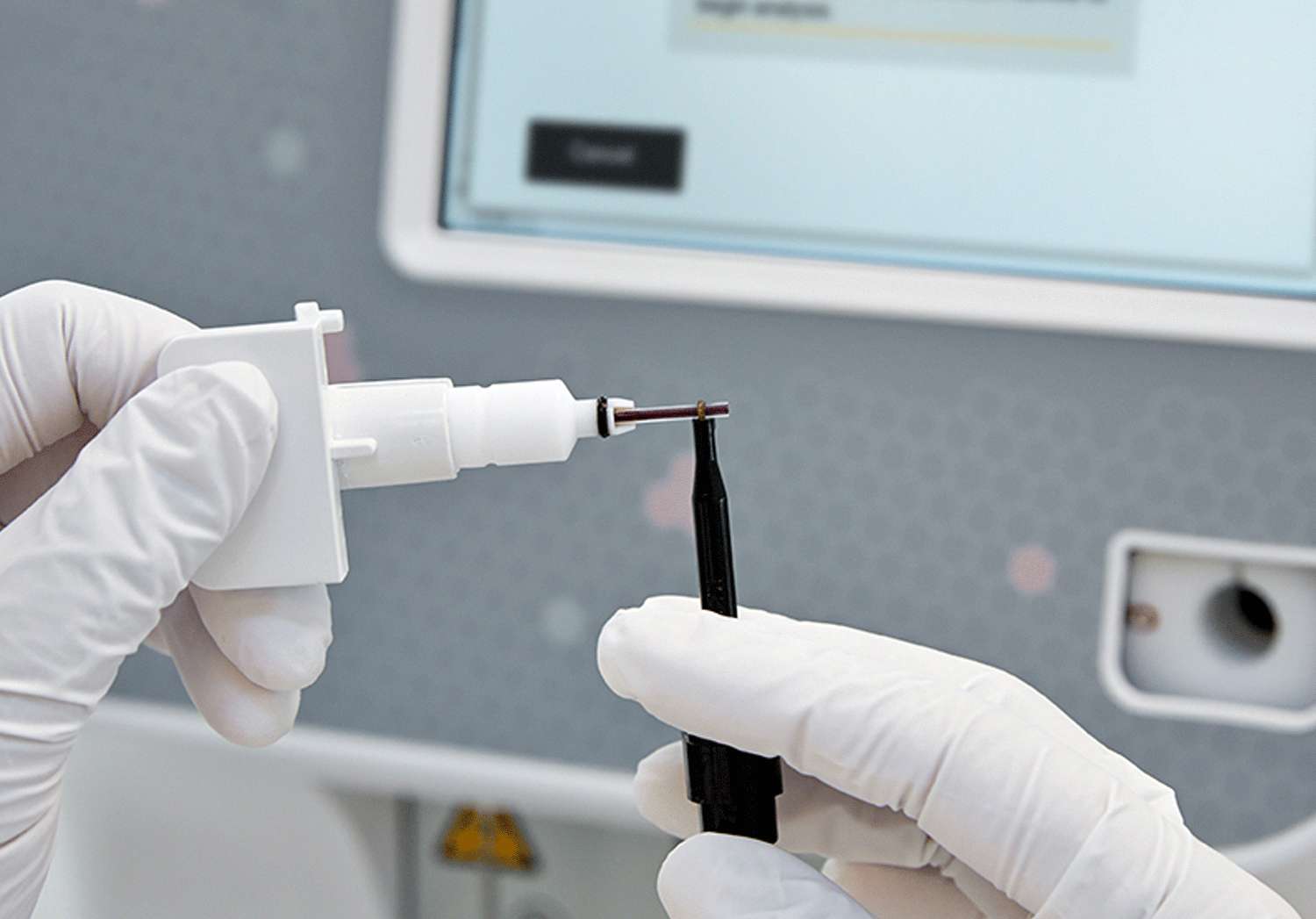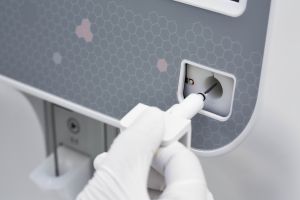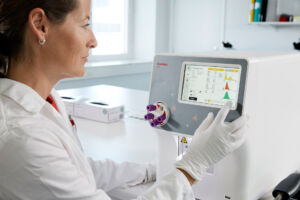If you are relying on venous sampling for decentralized blood diagnostics, then you may want to consider the advantages of using capillary blood. Or you may already be aware of the advantages but need to gather more information. Either way, in this article, we have put together a summary of what you need to know about CBC testing from capillary blood. Plus, a list of additional resources at the end to help you explore more fully.

Let’s cut to the chase: for complete blood counts (CBCs) in a near-patient setting like a primary care clinic or a blood donation center, capillary blood testing can offer a lot more advantages than venous testing. Here are several:
1. The need for speed
It is quick to take and analyze a capillary sample. The collection procedure with a finger-prick takes seconds, and then just under a minute to get the results using a hematology analyzer with micro-pipette adaptor (MPA). When you are dealing with patients individually, there is a lot more you can do with the time saved – during each patient visit and during each day. Plus, patients appreciate the shorter time to diagnose or monitor their condition and decide on the next treatment.

2. Don’t wait for a phlebotomist
The procedure for taking capillary samples is easy and reliable once you know it and practice it a few times. And less technical than a venous sample that may require specialist phlebotomy training.

MPA adapter and capillary tube
3. Less is more
Requiring just 20 μL of blood, capillary samples are often easier than venous for certain patients. Like pediatric, elderly, and oncology patients where venous and/or larger blood samples are not advised. Or for blood donors where the key is a small, quick test so that a safe volume of healthy blood can be collected immediately after. But bear in mind, a capillary test can also work well for other patients.

MPA inlet
4. Accurate – and quick to show errors
Even with a smaller amount of blood, capillary samples and venous samples are similarly accurate once pre-analysis errors are taken into account. That last part is important because, when there is a risk of an unsuccessful result, for example, because of hemolysis of the sample, then the quick response of a capillary/MPA test means there is time to redo. There and then — instead of having to reschedule a new appointment.

5. Don’t waste time — or equipment
With a capillary/MPA sample, all you need is a lancet and a capillary tube. And no large and wasteful equipment.
These are the advantages of hematology analysis using capillary blood compared to venous samples. But, of course, there are a couple of things you need.

MPA capillary tubes
Firstly, you need an analyzer with a specialized MPA inlet. Like our Swelab Alfa PlusTM analyzers.
Secondly, you need the right procedure for collecting capillary samples. Essential steps are to ensure the finger is warm (with a steady flow of blood) and that the first drop of blood is wiped away to remove any debris, leaving the second drop in good sampling condition. With the right procedure quickly becoming second nature, collecting and analyzing capillary samples will be as accurate and reliable as with venous samples. But faster and easier to get results as well as immediate feedback on the quality of the test results.

Swelab Alfa Plus analyzers with MPA inlet
These are the key things to think about when considering CBCs using capillary blood. But, for further exploration, here are some other resources that may be useful to you. And if you do not find what you need or want to ask a question, please contact us.
Further resources
Capillary sample collection and analysis in (almost) real time. Watch the video
How capillary sampling works in more detail. Read the summary
Comparison of capillary and venous blood samples on Swelab Alfa Plus hematology analyzer. Read the whitepaper and compare the results.
Real-life experiences of capillary testing. Read the customer case stories
Optimization of capillary sampling in detail. Read the best practice








